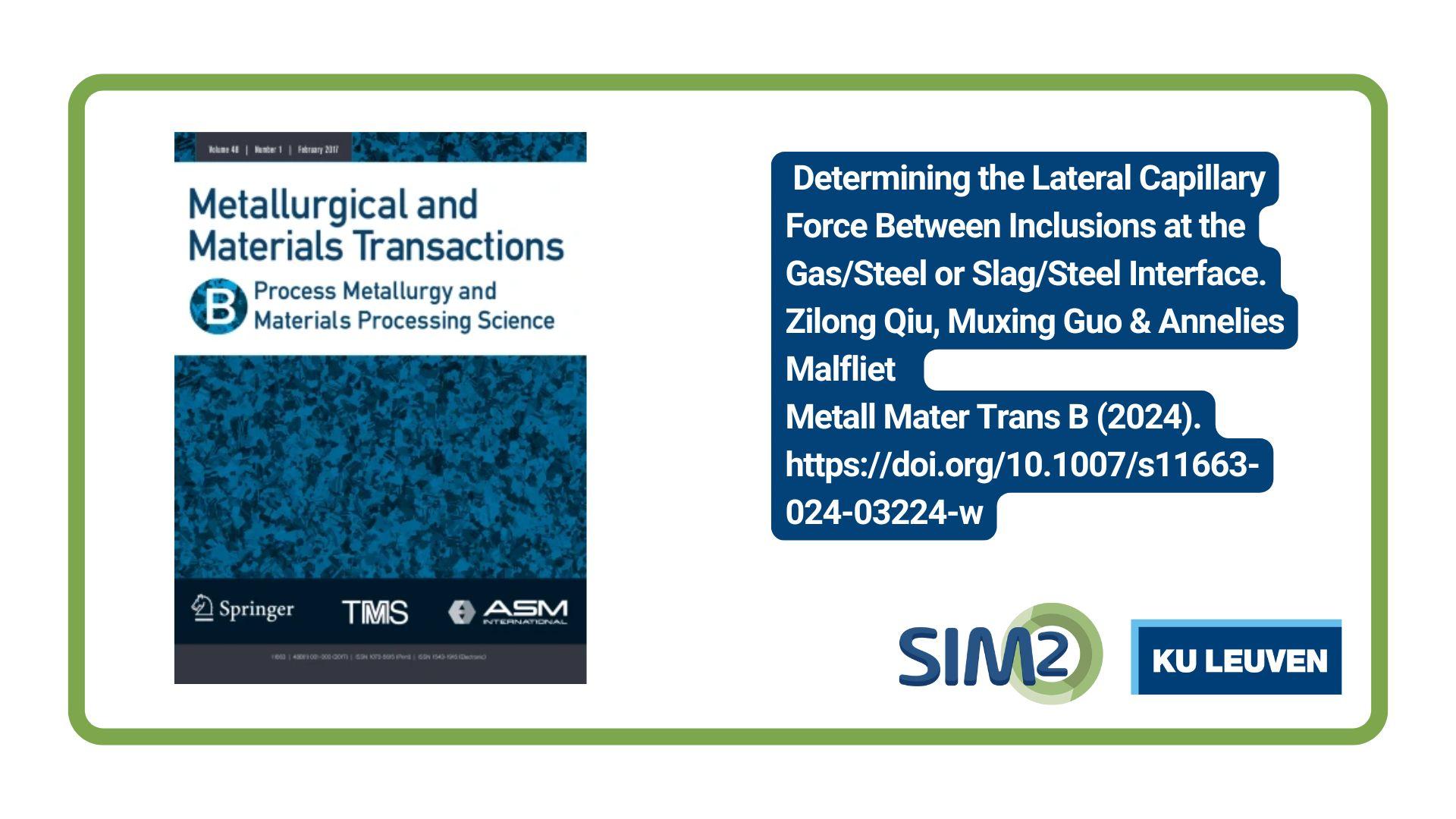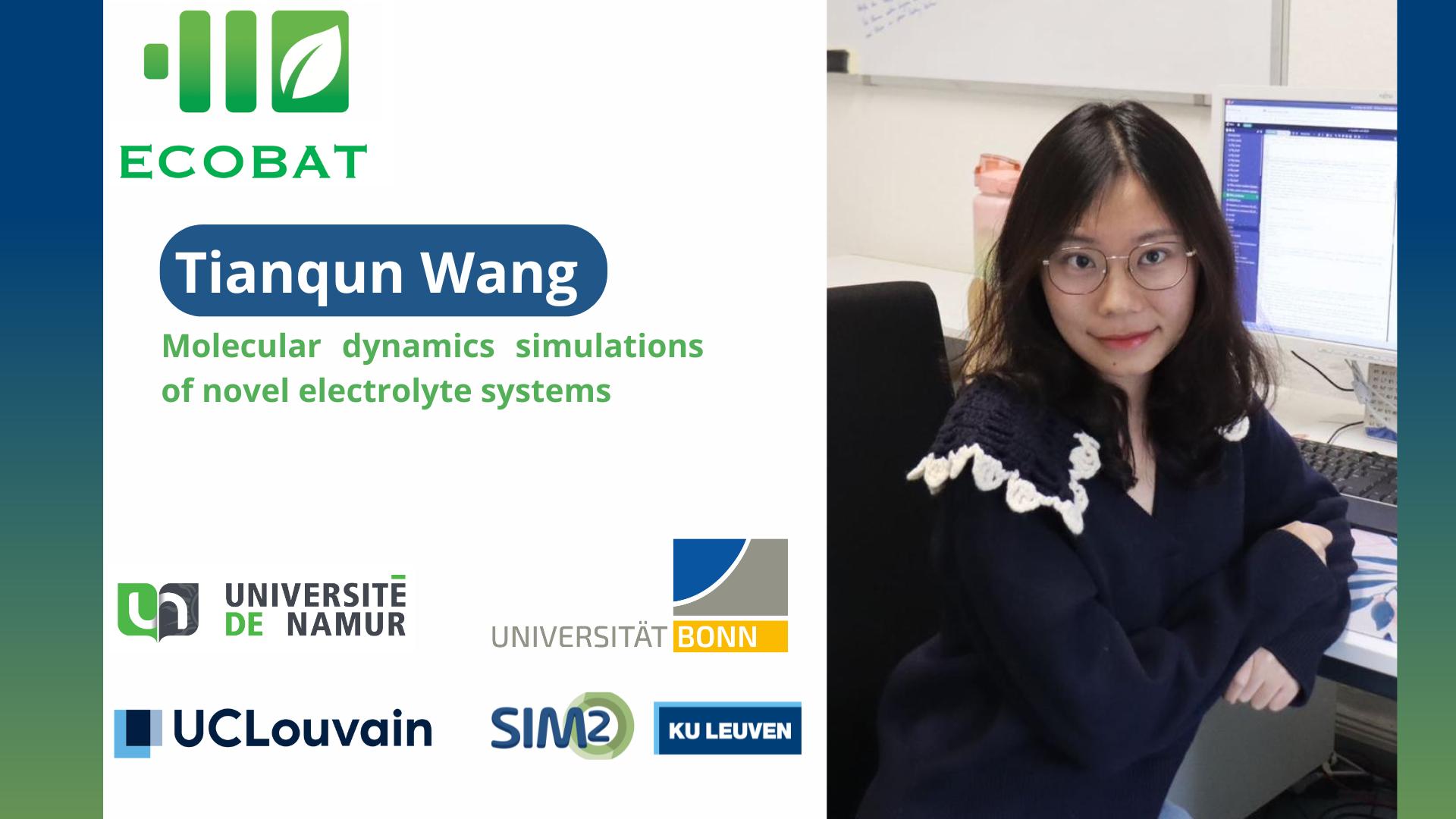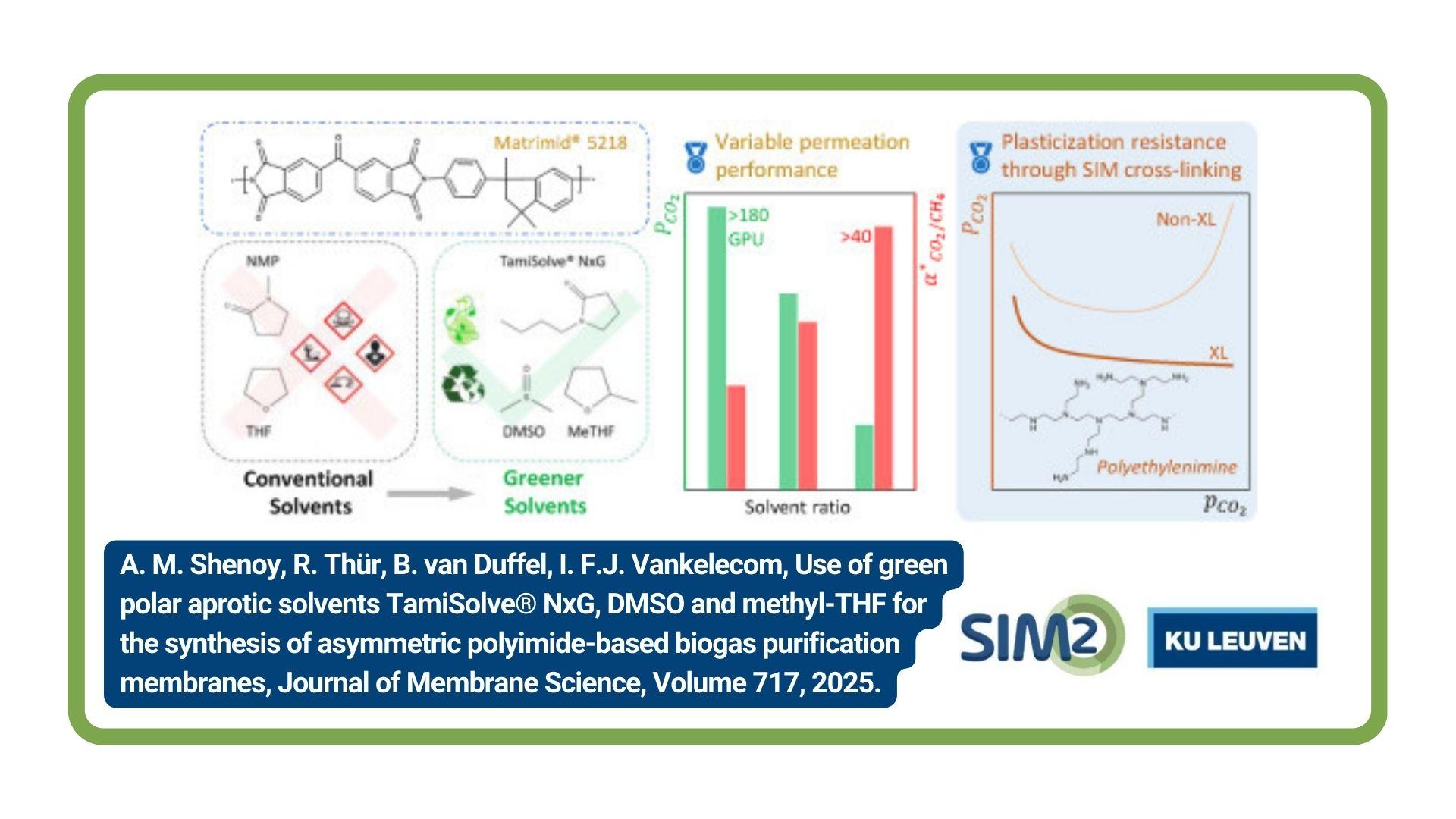Zilong Qiu, Muxing Guo & Annelies Malfliet of KU Leuven’s Department of Materials Engineering have published an article on determining the lateral capillary force between inclusions at the gas/steel or slag/steel interface. The article is published in the August 12 issue of Metallurgical and Materials Transactions B.
Understanding the agglomeration behavior between inclusions during steelmaking is crucial to control steel quality and cleanliness. This work reviews the state-of-the-art lateral capillary interaction between inclusions attached to the gas/steel or slag/steel interfaces, which is an essential aspect of inclusion agglomeration. The origin of the lateral capillary force, the methodologies to measure the force, and the development of the capillary theory are discussed. High-temperature confocal scanning laser microscopy (CSLM) has been intensively used for the in situ observation of inclusion agglomeration at the gas/steel or slag/steel interfaces. To calculate the lateral capillary force between inclusions from a series of 2D CSLM images, the particle mass, the inter-particle distance, and the drag force on the inclusions are the main input parameters. We compared the capillary force between two ellipsoidal particles obtained from different particle radius approximations (long and short radii, arithmetic mean, equivalent and effective radius, and equivalent volume), separation distances (inter-center and inter-surface), and capillary models (Yin’s, Chan’s, Mu’s, K–P, and sub-particle models). The results highlight the importance of consistency in the parameters used in the force calculation from CSLM images and capillary models.
Reference
Qiu, Z., Guo, M. & Malfliet, A. Determining the Lateral Capillary Force Between Inclusions at the Gas/Steel or Slag/Steel Interface. Metall Mater Trans B (2024). https://doi.org/10.1007/s11663-024-03224-w
Acknowledgement
The authors thank the China Scholarship Council (CSC, File No. 201706080018) and the KU Leuven internal funds with the Grant Number PDMT2/23/055 for their financial support.





